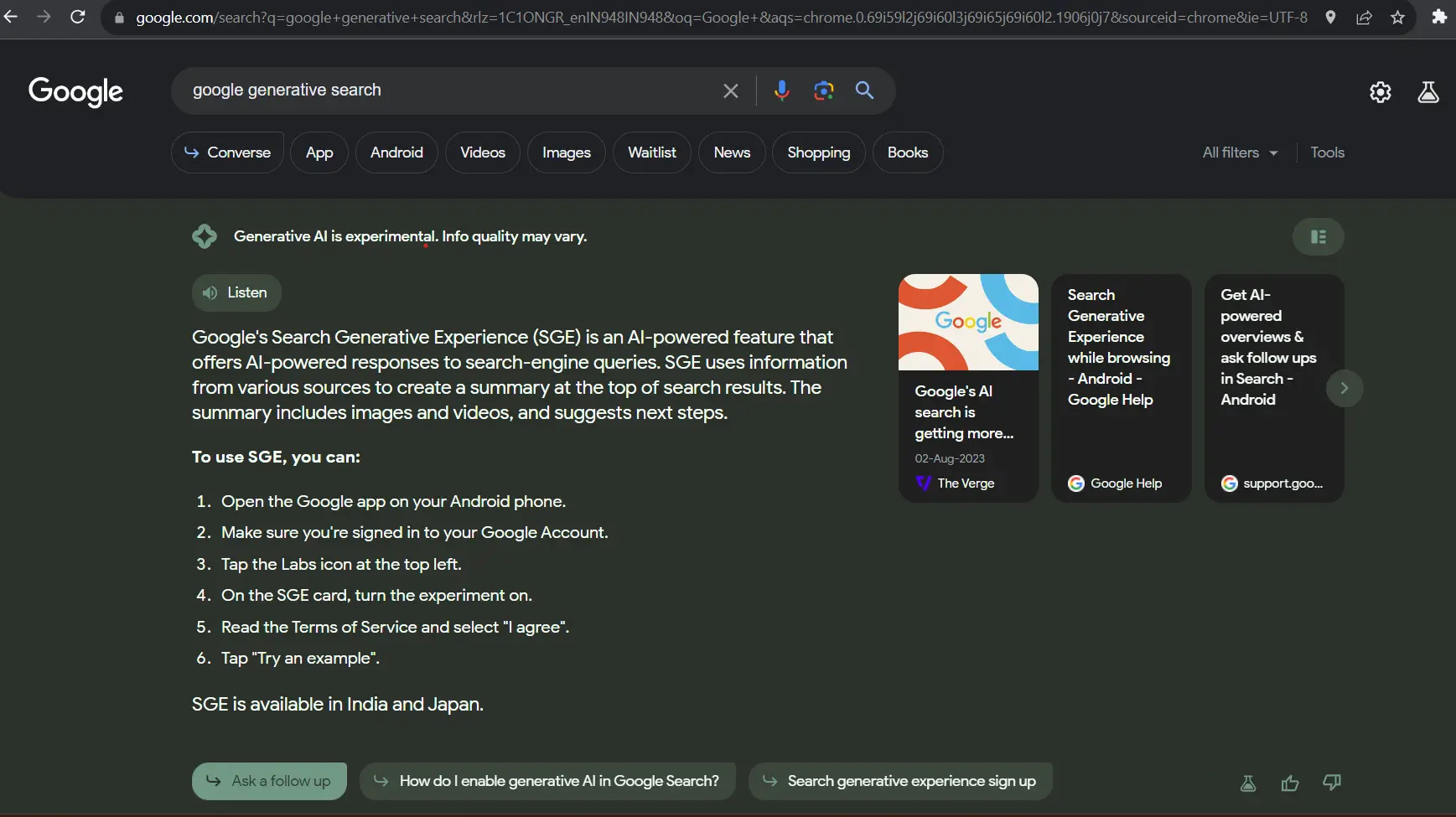The generative AI landscape has evolved rapidly in recent years, with the initial wave characterized by the introduction of powerful tools that revolutionized how people write, research, and imagine. This first wave, driven by internet services, demonstrated the incredible potential of AI in streamlining workflows and enhancing creative processes. A second wave of generative AI is now emerging, marked by the advent of advanced open-source foundation models and significant advancements in agentic AI. These developments are not only improving the efficiency and autonomy of AI workflows but also empowering enterprises to leverage AI for business growth and productivity.
The Emergence of Advanced AI Models
The second wave of generative AI is being propelled by the availability of sophisticated models such as Google Gemma, Llama 3.1 405B, Microsoft Phi, Mixtral, and Nemotron. These models offer enterprises the opportunity to develop bespoke AI applications tailored to their specific needs, enabling them to accelerate business transformation. The introduction of agentic AI, which refers to AI systems capable of operating with a high degree of autonomy, has further enhanced the potential of generative AI by allowing these models to perform complex tasks with minimal human intervention.
Building enterprise-level generative AI applications remains a complex and multistep process. To address this challenge, NVIDIA has introduced NIM Agent Blueprints, a comprehensive suite of tools and resources designed to help enterprises develop and deploy customized generative AI applications that can drive significant business outcomes.
NVIDIA NIM Agent Blueprints: A New Era for Enterprise AI
Launched today, NVIDIA NIM Agent Blueprints represent a significant milestone in the evolution of generative AI. These blueprints provide enterprise developers with everything they need to build and deploy generative AI applications that can have a transformative impact on their business. Each blueprint is a reference AI workflow tailored for specific use cases, offering a detailed guide to creating applications using NVIDIA's advanced AI tools and partner microservices.
NIM Agent Blueprints are designed to accelerate the development process by providing sample applications, reference code, customization documentation, and a Helm chart for deployment. This end-to-end development experience enables developers to quickly get started with their projects while retaining the flexibility to modify and enhance the blueprints to suit their unique requirements.
Enabling Data-Driven Enterprise Flywheels
One of the key features of NIM Agent Blueprints is their ability to support the creation of data-driven generative AI flywheels. A flywheel in this context refers to a self-sustaining cycle of continuous improvement, where new data generated by user interactions is used to refine and enhance AI models. This continuous learning process ensures that generative AI applications become more effective over time, adapting to the evolving needs of the enterprise.
NIM Agent Blueprints facilitate the development of these flywheels by linking models with enterprise data, allowing organizations to create powerful generative AI applications that can drive efficiency and innovation. NVIDIA NeMo, a suite of tools for building and training state-of-the-art conversational AI models, plays a crucial role in this process, while NVIDIA AI Foundry serves as the production environment for running the flywheel.
Key Use Cases and Initial Blueprints
Digital Human for Customer Service: This blueprint provides a foundation for building AI-powered digital humans capable of delivering personalized customer service at scale. By integrating NIM microservices, enterprises can create virtual assistants that understand and respond to customer queries, enhancing the overall customer experience.
Generative Virtual Screening for Accelerated Drug Discovery: Designed for the pharmaceutical industry, this blueprint accelerates the drug discovery process by leveraging generative AI to screen vast libraries of chemical compounds. This can significantly reduce the time and cost associated with bringing new drugs to market.
Multimodal PDF Data Extraction for Enterprise RAG (Retrieval-Augmented Generation): This blueprint enables enterprises to build AI applications that can extract and analyze data from complex PDF documents, combining text, images, and other modalities to support decision-making processes across various industries.
ServiceNow, a leader in enterprise AI, has already integrated advanced generative AI capabilities into its digital workflow platform using NIM microservices. Through its collaboration with NVIDIA, ServiceNow is enhancing its AI-powered solutions, including the digital human for customer service, to drive growth and innovation for its customers.
A Growing Ecosystem of AI Solutions
NVIDIA’s partner ecosystem plays a pivotal role in the widespread adoption of NIM Agent Blueprints. Global systems integrators and service delivery partners such as Accenture, Deloitte, SoftServe, Quantiphi, and World Wide Technology are bringing these blueprints to enterprises around the world. This collaborative effort ensures that organizations across industries can leverage NVIDIA’s advanced AI tools to create applications that drive business transformation.
The NIM Agent Blueprints are also supported by a range of tools from NVIDIA’s ecosystem of partners. For instance, platforms like Dataiku and DataRobot provide model fine-tuning, governance, and monitoring capabilities, while tools like deepset, LlamaIndex, and Langchain enable the creation of sophisticated AI workflows. Infrastructure support from providers such as Nutanix, Red Hat, and Broadcom ensures that enterprises can deploy their AI applications on robust and scalable platforms.
Building the Future: A Collaborative Approach
The introduction of NIM Agent Blueprints marks the beginning of a new era of collaboration between developers and data scientists. Developers can use these blueprints as a starting point to build their AI applications, while data scientists focus on refining the underlying models through continuous learning cycles. This collaborative approach ensures that as the AI models improve, so do the applications built on top of them, creating a cycle of continuous enhancement and innovation.
NVIDIA’s commitment to supporting enterprise adoption of generative AI is reflected in its plans to introduce new NIM Agent Blueprints on a monthly basis. These blueprints will cover a wide range of use cases, from customer service and content generation to software engineering, retail shopping advisors, and research and development.
Conclusion: Empowering Enterprises with Generative AI
By leveraging the expertise of NVIDIA’s partner ecosystem and the advanced capabilities of NIM microservices, enterprises can seamlessly integrate generative AI into their operations, transforming the way they work and unlocking new opportunities for innovation. As generative AI continues to evolve, NIM Agent Blueprints will play a crucial role in helping enterprises navigate this transformative landscape, ensuring that they remain at the forefront of AI-driven business transformation.









Add a Comment: